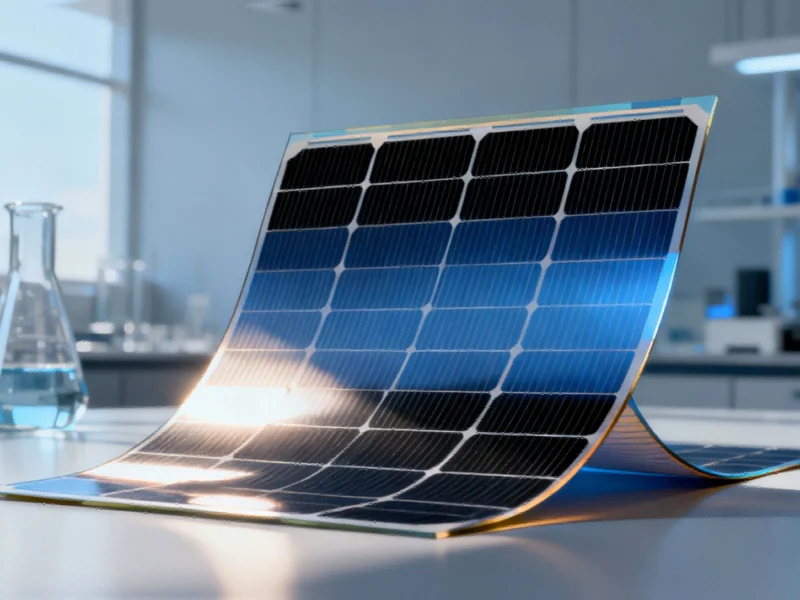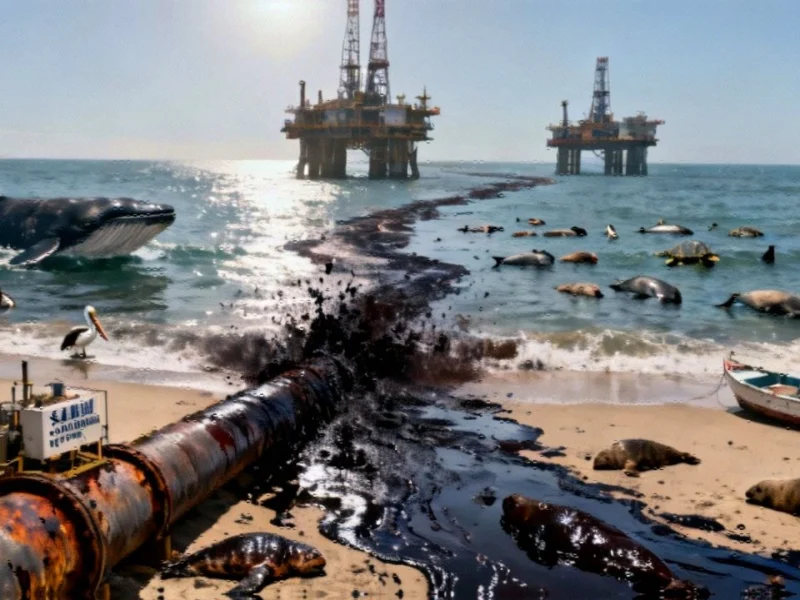Strategic Power Partnerships Advance Semiconductor Giant’s Sustainability Goals
German semiconductor leader Infineon Technologies has forged two significant renewable energy partnerships with European power providers PNE AG and Statkraft, marking a substantial commitment to decarbonizing its manufacturing operations across Germany. These carefully structured Power Purchase Agreements (PPAs) represent a strategic move to secure long-term clean energy supplies while supporting Europe’s broader green energy transition.
The semiconductor industry faces increasing pressure to address its substantial energy footprint, particularly as companies like Micron restructure their global operations in response to market dynamics. Infineon’s proactive approach to securing renewable energy demonstrates how leading manufacturers are building resilience against energy price volatility while meeting stakeholder expectations for environmental responsibility.
Dual-Pronged Renewable Strategy
Infineon’s agreement with German wind specialist PNE AG spans ten years and will channel approximately 550 gigawatt-hours of clean electricity from the Schlenzer and Kittlitz III wind farms in Brandenburg. This wind-powered energy will supply multiple Infineon facilities, including its sites in Dresden, Regensburg, Warstein, and Neubiberg near Munich. The arrangement provides both price stability and environmental benefits throughout the decade-long contract period.
The parallel agreement with Norwegian energy giant Statkraft introduces geographic diversity to Infineon’s renewable portfolio. Over five years, several solar parks across Spain will deliver 220 gigawatt-hours of solar-generated electricity to power Infineon’s German operations. This cross-border energy procurement reflects the increasingly interconnected nature of European energy markets and corporate sustainability initiatives.
Driving Decarbonization Through Strategic Partnerships
“Semiconductors from Infineon are driving decarbonization and are in every second newly installed wind turbine worldwide,” emphasized Elke Reichart, Infineon’s chief digital and sustainability officer. “Our commitment to specific green power plants via PPAs actively supports both the green energy transition and the achievement of our own climate targets.”
This dual-facility approach mirrors broader industry trends where companies are diversifying their renewable sources. Similar to how regional technology initiatives are leveraging multiple partnerships, Infineon’s strategy combines local wind resources with international solar capacity to optimize reliability and cost-effectiveness.
Ambitious Climate Targets and European Context
These PPAs represent critical milestones in Infineon’s comprehensive sustainability roadmap. The company aims to power its global operations entirely with green energy this year and achieve carbon neutrality for Scope 1 and 2 emissions by 2030. This ambitious timeline aligns with European Union climate objectives and positions Infineon as an industry leader in environmental stewardship.
The timing of these agreements coincides with significant expansion of Infineon’s manufacturing capabilities. The European Commission recently approved a €920 million funding package to support construction of Infineon’s new chip fabrication plant in Dresden, with total project investment expected to reach approximately €3.5 billion. This expansion, scheduled for full operational capacity by 2031, will substantially increase the company’s energy requirements, making these renewable contracts particularly strategic.
Partnership Profiles and Market Impact
PNE AG brings substantial wind energy expertise to the partnership, with approximately 491 megawatts of generation capacity as of 2024. The German developer’s established presence in Brandenburg provides geographic synergy with Infineon’s manufacturing footprint.
Statkraft, as Europe’s largest renewable energy producer with 22 gigawatts of installed capacity (96% renewable), offers scale and experience in cross-border energy transactions. The Norwegian state-owned company has been actively expanding its corporate PPA portfolio, including recent agreements with technology companies like Iliad in Poland.
These energy partnerships occur against a backdrop of increasing scrutiny of corporate environmental practices and growing investor emphasis on sustainable operations. As Europe’s largest semiconductor manufacturer, Infineon’s renewable energy commitments may establish new benchmarks for the industry while supporting the continent’s strategic autonomy in critical technology sectors.
The semiconductor industry’s energy-intensive nature makes such renewable energy contracts increasingly essential for competitive positioning. Similar to how financial institutions are adapting to market conditions, technology manufacturers must navigate complex energy landscapes while maintaining operational efficiency and environmental compliance.
Broader Implications for Industrial Computing
Infineon’s microchips power automotive, industrial, and consumer electronics applications worldwide, making the company’s environmental performance particularly relevant to the industrial computing sector. As digital transformation accelerates across manufacturing and infrastructure, the sustainability of component supply chains becomes increasingly critical for end-users seeking to reduce their carbon footprints.
These renewable energy agreements demonstrate how leading industrial technology providers are integrating sustainability into their core business strategies, potentially influencing procurement decisions throughout the value chain. The comprehensive approach—combining immediate operational needs with long-term environmental objectives—reflects the maturation of corporate sustainability from aspirational goal to business imperative.
Based on reporting by {‘uri’: ‘datacenterdynamics.com’, ‘dataType’: ‘news’, ‘title’: ‘DCD’, ‘description’: ‘The ultimate source for data center news, analysis and opinion at https://t.co/LZ1IWZbvVu’, ‘location’: {‘type’: ‘place’, ‘geoNamesId’: ‘2643743’, ‘label’: {‘eng’: ‘London’}, ‘population’: 7556900, ‘lat’: 51.50853, ‘long’: -0.12574, ‘country’: {‘type’: ‘country’, ‘geoNamesId’: ‘2635167’, ‘label’: {‘eng’: ‘United Kingdom’}, ‘population’: 62348447, ‘lat’: 54.75844, ‘long’: -2.69531, ‘area’: 244820, ‘continent’: ‘Europe’}}, ‘locationValidated’: False, ‘ranking’: {‘importanceRank’: 344832, ‘alexaGlobalRank’: 62406, ‘alexaCountryRank’: 34716}}. This article aggregates information from publicly available sources. All trademarks and copyrights belong to their respective owners.



